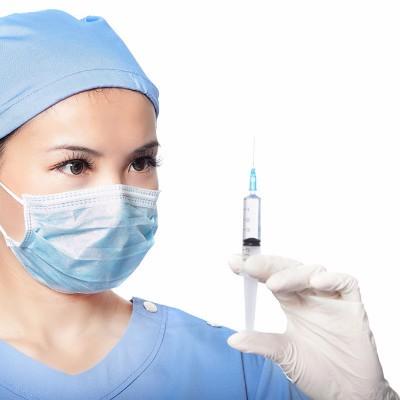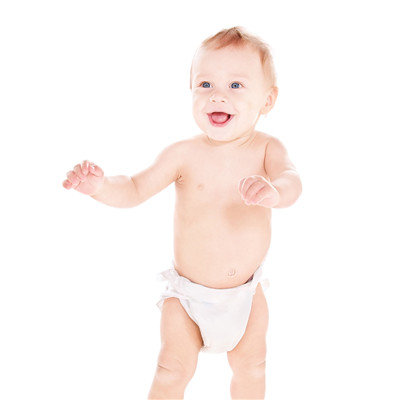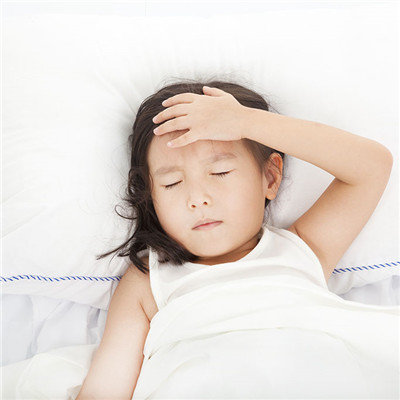Diagnosis and treatment of glomerulonephritis
summary
Glomerulonephritis is one of the most common kidney diseases. Many patients with glomerulonephritis have doubts. Because they don't understand the disease, many patients can't pay attention to the severity of glomerulonephritis. So what are the symptoms and diagnosis of glomerulonephritis? Let's understand it.
Diagnosis and treatment of glomerulonephritis
First, the early symptoms of nephritis. Patients with chronic nephritis lack specific symptoms at the early stage. Patients usually suffer from fatigue, fatigue, low back pain, eyelids, facial, ankle joint edema, increased urine foam, abnormal urine color, hematuria, nocturnal micturition frequency and urine volume.

Second: Patients with nephritis have a history of respiratory tract or skin infection 1 to 3 weeks before the occurrence of nephritis, such as measles, acute pharyngitis, skin purulent herpes, tonsillitis, gingival abscess, etc., but some patients with nephritis may not have prodromal symptoms.

Third: nephritis patients began to have oliguria when edema, to the face and lower extremities are heavy, usually accompanied by fatigue, low back pain, increased urine foam, abnormal urine color and other symptoms.

matters needing attention
Don't eat stimulating food, pay attention to the frequency of sexual life, and don't have the condition of choking urine. Reduce the daily protein weight to 20-40g / day (equivalent to endogenous metabolic nitrogen), so as to reduce the burden on the kidney and avoid the accumulation of non protein nitrogen in the body.














